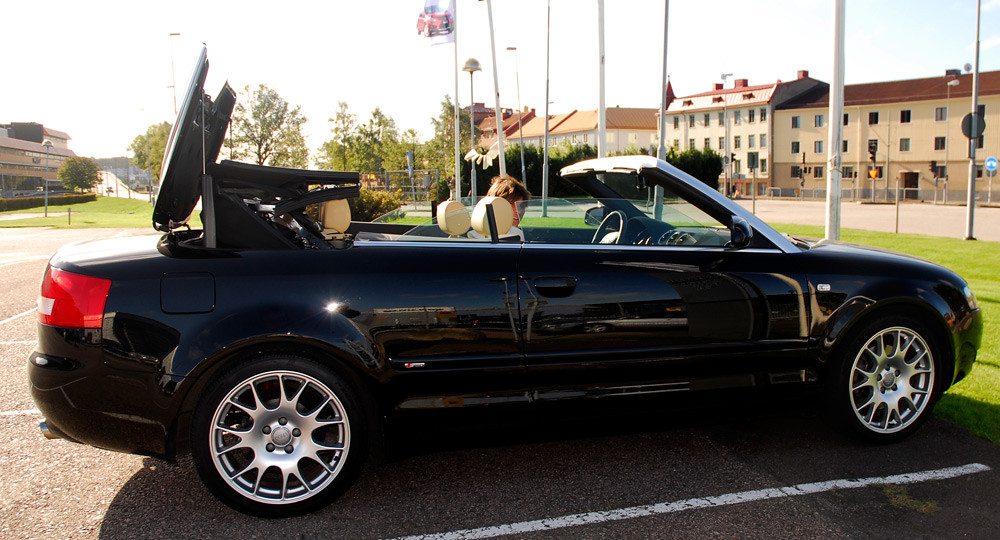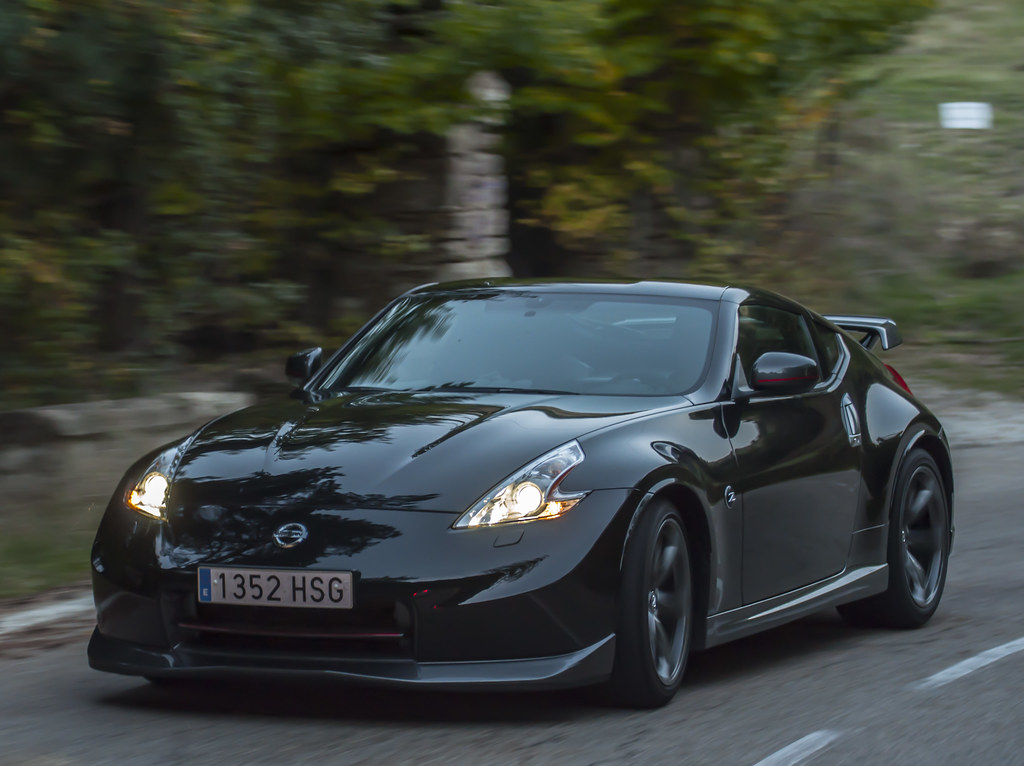
Buckle up, car enthusiasts! Join us as we explore the most forgettable cars of the 1940s, a decade that witnessed some of the biggest flops in automotive history, launching models that fizzled rather than sizzled.

1. **Triumph Mayflower (1949-53)**: Designed to be a luxury small car for the American market, the Triumph Mayflower borrowed parts from the Standard Vanguard and flaunted a resemblance to the Rolls-Royce Silver Dawn. However, its feeble engine and heavy frame resulted in sluggish performance, with a top speed barely scraping 63 mph. Critics, including automotive expert James May, didn’t hold back, labeling it as ‘the ugliest car ever built.’ Despite its regal moniker, the Mayflower never quite made a splash in the automotive ocean.

2. **Nash/Austin Metropolitan (1954-62)**: Although technically from the next decade, the Nash Metropolitan was an early example of a compact car in the U.S., designed to be a “big car in miniature.” It was meant to cater to women, labeled as a “motorized shopping cart for affluent urban gals,” but it flopped commercially. The Metropolitan struggled with poor performance and reliability, and its small market in the U.S. didn’t help. Over time, however, it garnered a cult following, proving that sometimes time can heal even the deepest automotive wounds.

3. **Renault Dauphine (North American version) (1956-67)**: While the Dauphine thrived in Europe, it became a notorious flop in the U.S. market, suffering from lackluster performance and reliability issues. Taking an excruciating 32 seconds to hit 60 mph, it earned a dubious place on lists like ‘The 20 Dumbest Cars of All Time.’ Its susceptibility to corrosion in snowy, salted conditions only compounded its reputation, prompting Renault to issue apologies in advertisements, assuring potential buyers that the following Renault 8 would not disappoint.

4. **Trabant (1957-90)**: The Trabant emerged as a symbol of East Germany with its outdated two-stroke engine and smoky exhaust. After the Berlin Wall fell, many East Germans drove their Trabants to freedom, only to abandon them promptly. Despite its poor reputation, the Trabant became a cult classic with collectors cherishing it as a nostalgic symbol of the GDR.

5. **Edsel (1958)**: Named after Henry Ford’s son, the Edsel was launched amid much fanfare but failed spectacularly. Its unique “horsecollar” grille was ridiculed, and the car’s resemblance to a “Mercury pushing a toilet seat” didn’t help its cause. Mismanaged marketing and build quality issues during a recession sealed its fate as an automotive flop.
6. **Chevrolet Corvair (1960-64)**: The Corvair experienced initial acclaim, but it quickly became infamous due to its rear-engine design and safety concerns. Ralph Nader’s groundbreaking book ‘Unsafe at Any Speed’ shed light on its multiple flaws, leading to numerous lawsuits against the company. Although GM implemented several improvements, the damage to the Corvair’s reputation was irreversible, transforming it into a cautionary tale for automotive safety standards.

7. **Hillman Imp (1963-76)**: The Imp aimed to compete with the Mini but suffered from rushed production and quality issues. Its rear-engine design and frequent mechanical failures tarnished its reputation, leading to financial woes for the Rootes Group. Despite these setbacks, the Imp persisted in production until 1976.

8. **Subaru 360 (North American version) (1968-70)**: Marketed with the slogan ‘Cheap and ugly does it,’ the Subaru 360 became an infamous failure in North America. Its lackluster safety features and sluggish acceleration resulted in scathing reviews, making it a laughing stock. Nevertheless, Subaru eventually turned the tide, achieving success in the U.S. market later on, showcasing their remarkable resilience and ability to bounce back from setbacks.

9. **Hudson Commodore (1941-47)**: As a pioneer in the post-war era, the Hudson Commodore aimed to capture the burgeoning market with its sleek design and advanced features. Unfortunately, it never quite took off as expected. The car’s hefty price tag, combined with its somewhat sluggish performance, did not resonate with the buying public. The Commodore’s story is a cautionary tale about the risks of misjudging the market’s mood.
10. **Packard Clipper (1941-47)**: The Clipper series was celebrated for its stunning design and luxurious interiors, but it ultimately fell victim to being too advanced for its time during an economically challenging era. While Packard aimed to rival Cadillac, the Clipper’s sophisticated engineering and high upkeep costs limited its appeal to a niche audience. Consequently, it was overshadowed by more practical options that better suited the market’s needs.

11. **Kaiser-Frazer (1947-50)**: Born out of the post-war era, Kaiser-Frazer aimed to create a new American car brand with bold ambition. However, despite initial excitement, the cars suffered reliability problems and were often criticized as overpriced and underperforming. The brand’s struggle to establish a foothold in the market ultimately led to its downfall, leaving behind a legacy of ambition that was never realized.

12. **Studebaker Champion (1939-52)**: The Champion was a mainstay in the Studebaker line, but its intricate design and frequent changes eventually resulted in consumer fatigue. Initially praised for its innovation, the Champion failed to sustain its popularity against more consistent competitors, highlighting the risks of complicating what ought to be a straightforward design process.

13. **Plymouth P15 (1946-48)**: Launched in the wake of World War II, the Plymouth P15 aimed to fulfill the high expectations of consumers. However, its outdated design and features quickly became glaringly obvious, causing it to lag behind its competitors. This serves as a reminder of the critical importance of ongoing innovation, especially during times of rapid technological advancement.

14. **Ford V-8 Pilot (1947-51)**: Attempting to capture a segment of the market with its robust engine and dependable build, the Ford V-8 Pilot struggled due to its bulky design and over-reliance on a pre-war aesthetic. The model’s shortcomings highlight the danger of clinging too closely to the past and failing to adapt to new consumer trends.

15. **DeSoto Custom (1942-52)**: The DeSoto Custom was another victim of the tumultuous post-war market. While its build quality was commendable, the car’s styling failed to evolve with the times, leading to dwindling interest. This model underscores the necessity of balancing tradition with innovation to capture the hearts of modern buyers.

The story of these vehicles offers invaluable lessons for modern car manufacturers. Each model, marked by missteps in understanding consumer desires and technical errors, imparts unique insights into the delicate balance between innovation and market needs. Reflecting on these automotive tales deepens our grasp of the complexities within the industry and highlights the ongoing quest for the ultimate driving experience.
Related posts:
10 Worst Cars of the 20th Century





